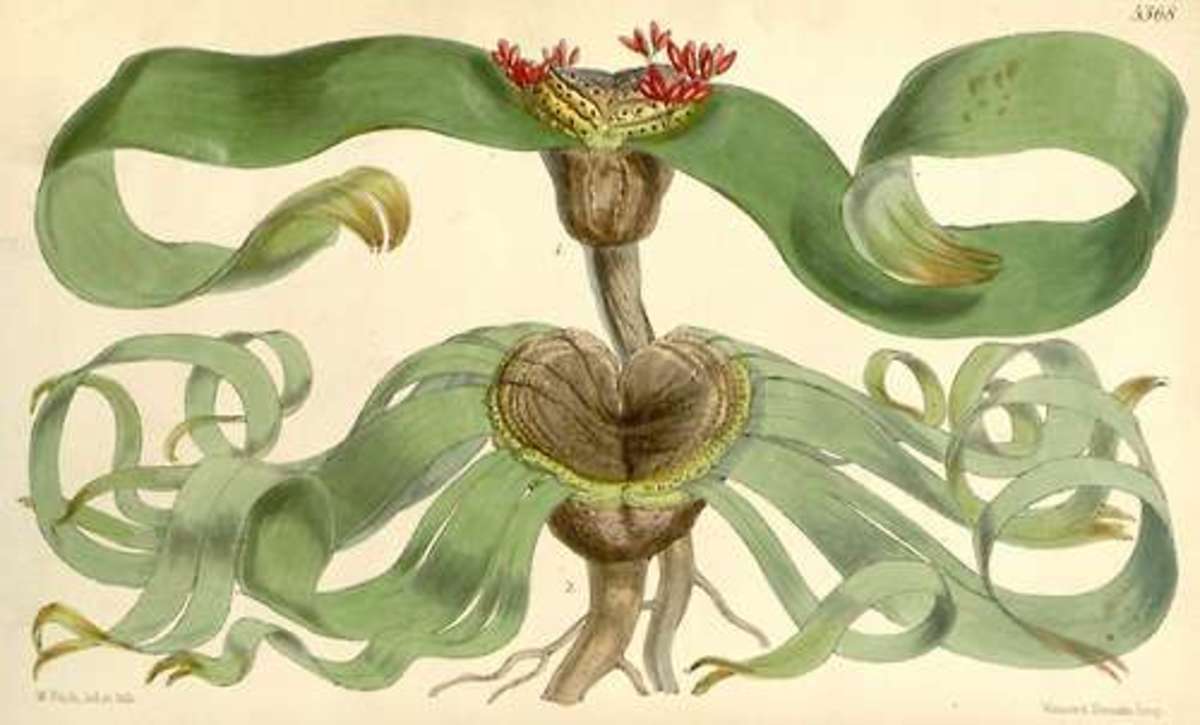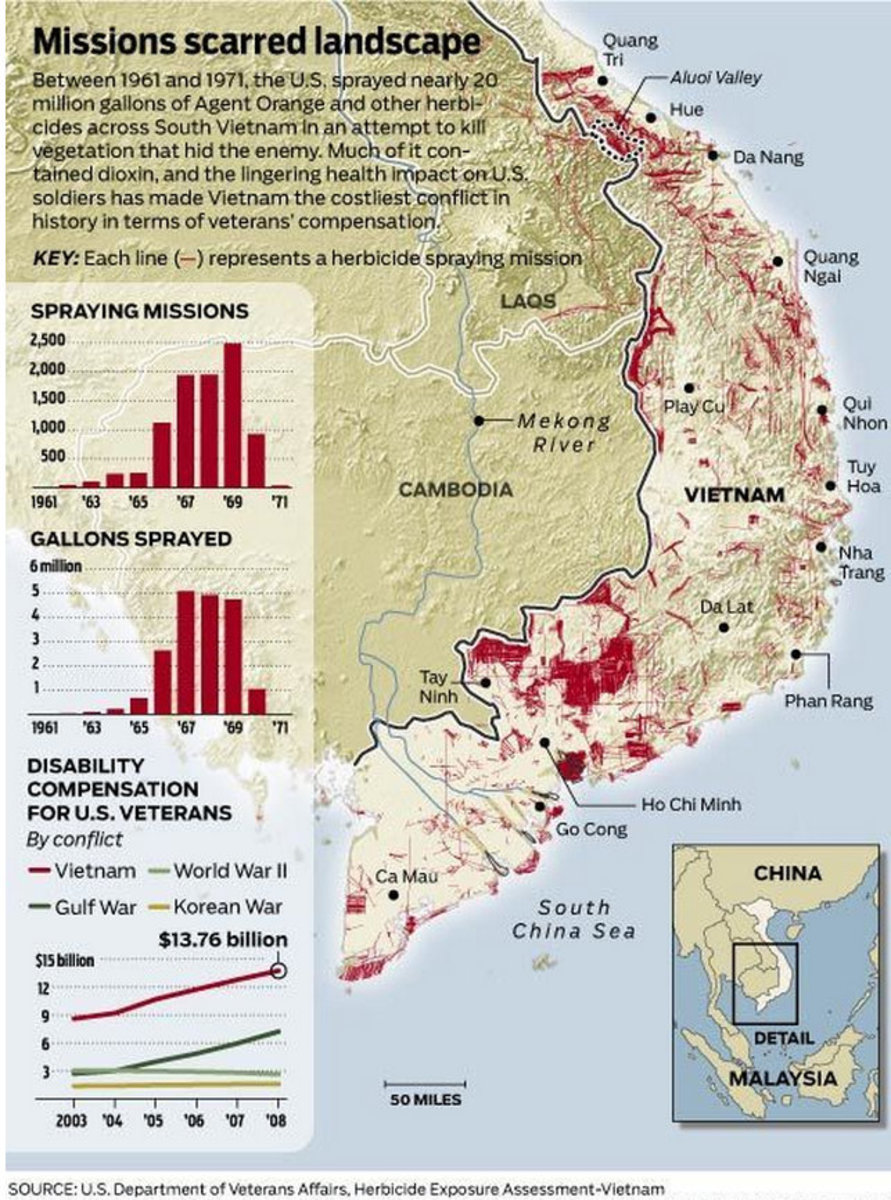HERBICIDES
Introduction
Herbicides are chemicals that control weeds by interrupting their normal growth and respiration processes. The manner in which a given herbicide would control the spread or propagation of a particular weed is called its mode of action (MOA) (Paraquat Information Centre).Use of herbicides grew particularly with the advent of plantation agriculture where large tracks of land were put under one type of crop. It becomes expensive to weed, for instance, 20000ha of land using the traditional weeding methods such as mechanical weeding.
Herbicides come in handy in these situations as a selective herbicide can be designed that will kill the other plants and spare the crops. This herbicide can then be sprayed using a plane saving costs and time hence making the cost of production of such plantation crops as corn relatively lower.
Herbicides are also crucial in instances where minimal root and soil disturbance is desired (Canadian Food Inspection Agency). This is the case for crops that bear stem and root tubers such as cassava and potatoes and carrots. Using the herbicide, in this case, would mean reduced cultivation hence less root disturbance.
A common Weed
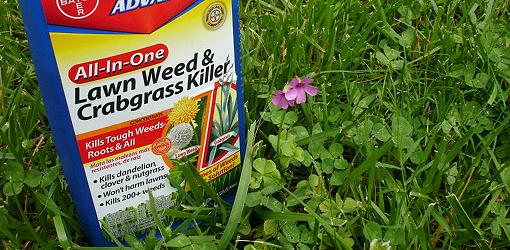
Mode of Action
There are several ways by which herbicides kill weeds. Some are discussed below with examples of specific herbicides:
i. Uncontrolled growth, twisting, thickening and elongation
Phenoxy herbicides such as 2,4D and MCPA tend to act like the naturally occurring indole acetic acid (IAA) in plants responsible for plant growth. In the presence of these phenoxy herbicides, independent production of IAA occurs which leads to uncontrolled growth. (WSSA).This results in uncontrolled behavior in growth that leads to death. This mechanism is similar to induced cancer.The herbicides that use these methods are best suited for selective weed control.
ii. Photosynthesis
The logic behind this technique is that any process that interrupts any step in the photosynthesis process would lead to starvation and eventual death of the plant. Several herbicides deploy this method. 4-hydroxyphenyl-pyruvate-dioxygenase (HPPD) inhibit the synthesis of chlorophyll thereby rendering the process of light capture impossible. This stops the photosynthesis process by eliminating the presence of light.
Blocking the photosynthetic process alone would, however, take such a long time to starve a weed to death. It has hence been discovered that when photosynthesis is disrupted, some toxic oxygen and hydroxyl compounds form and accumulate within the leaf of the weed that significantly accelerate the death process (WSSA).
iii. Cell division disruption
This category of herbicides inhibits the growth of weeds by disrupting the normal cell division process (Ferell). This means a weed cannot heal if its cells are damaged and can neither fight diseases. Its growth is equally stunted and, as a result, the weed dies.
iv. Seedling growth inhibitors
This effectively controls the sprouting of newer generations of the same weed in a field. This is mainly useful for grass weed control. They act by killing the new shoots formed, preventing the development of the waxy cuticle or just kills the seed in its dormancy stage (Paraquat Information Centre).
v. Nitrogen Metabolism
Glufosinate inhibits the action of an enzyme responsible for the metabolism of nitrogen and nitrogenous products into in the form of ammonia to amino acids. This means the ammonia will accumulate in the plant to a toxic level hence killing the plant.
vi. Cell wall biosynthesis
The cell wall is an integral part of a plant. It provides the rigidity required by the plant and contains the cell components while also protecting them. The absence of this part in a plant cell hence will mean the plant cannot survive.Isoxaben inhibits the biosynthesis of the cell wall that will then render the plant development and propagation impossible.
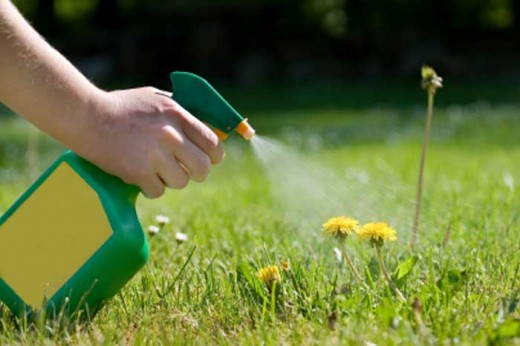
Plant Adaptation to Herbicides
Plant like any other living organism will adapt in such a manner as to enable it to live through a phenomenon threatening its existence. As a result, several weeds have mutated and developed resistance to specific and broad acting weeds.
Herbicides do not cause mutations in Gunsolus weeds. Therefore, such variations are assumed natural and generational. One way of explaining these arising resistances (Assuming the premise that herbicides in themselves do not cause mutations) is by considering a population of particular species with the sample of the population that is resistant biotypes. These biotypes have the genetic makeup that enables them to resist the particular herbicide. When the herbicide is applied, the non-resistant biotypes get killed leaving behind the resistant biotypes that then survive and propagate over time to form a colony of resistant weeds of the same species as illustrated below (Gunsolus).
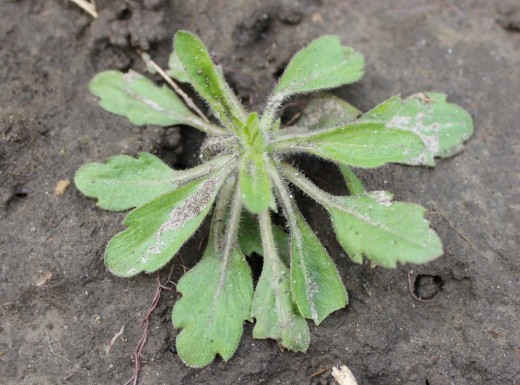
Studies of the gene sequence of the resistant biotypes, however, suggest a possibility of the change of the genetic caused by 2, a 4-Dichlorophenoxyacetic acid in weeds relying on the eukaryotic mode. These have provided a pointer/clue on the possibility of a genetic mutation that occurs in weeds as a response to exposure to disruptive synthetic auxins.
The study was performed on the behavior of yeast in a 2, 4-D environment. In the Journal, it is reported that the expression of the gene ORFAt5g13750 can reduce the herbicidal induced growth lag phase and increase the growth rate of the colony. A plant is hence capable of quenching the effects of the 2, 4-D by synthesizing the plant gene ORFAt5g13750.
Grass weeds can also adapt to survive the herbicides by producing seeds that exhibit extremely long seed dormancy(more than 5years). This is a survival adaptation since most herbicides that interfere with seeds will not have a useful life span of that long (Living History Farm).
Herbicide resistance
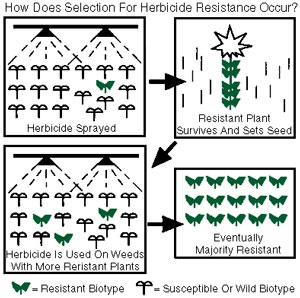
Ethical Issues surrounding the use of herbicides
There are several ethical concerns raised about the use of herbicides as a means of weed control. Most of the concerns are voiced by both the scientists and the environmentalists. These can be highlighted as below:
a) Herbicide uses and resistance
It is argued that since it is proven scientifically that weeds can develop resistance to both specific and broad acting herbicides, there is a possibility of new strains of the weeds emerging that are wild growing and not controllable using the conventional herbicides. One such herbicide that has been studied extensively is Round Up (Living History Farms).
This assertion hence calls for the embracing of the most natural methods of weed control such a crop rotation that equally control the propagation of weeds without necessarily causing a change in their genetic makeup.
b) Effect on water bodies
The herbicides get carried away to water bodies such as rivers by drift or where they kill the plants that grow in such areas. Weeds as such are only unwanted in the agricultural areas hence any elimination of weeds outside the area of interest is considered invasive and unethical.
c) Toxicity to humans and other animals
2, 4-D has been reported to present considerable levels of toxicity to humans and animals.
Absorption through the skin is limited, but ingestion poses a major threat to health. This is not well documented, but human rights activists have raised questions about the toxicity of the herbicides.Since most of the herbicides are petroleum based and petroleum based substances are soluble in fat, if they get into the body, they tend to remain in fat-laden tissues like the adipose cells and the brain. This leads to a slower development of the brain in children since they are more predisposed to higher dosages of the chemicals than adults. Conditions such as autism and attention deficit are hence likely to be seen in children exposed to herbicides. Organophosphates may also contribute to the prevalence of ADHD.
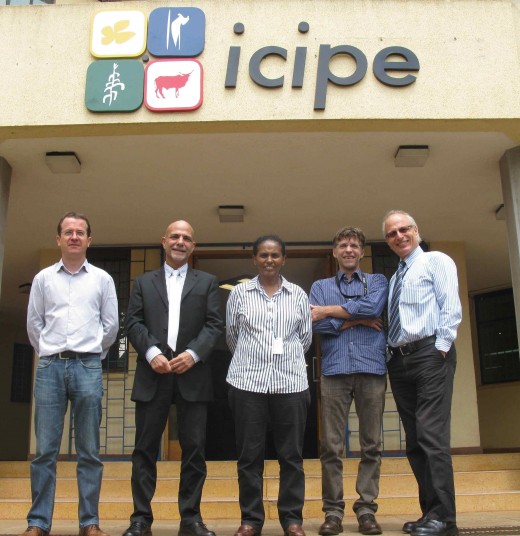
In most countries, herbicides are considered safe until proven otherwise. This kind of approach is set by the fact that most authorities lack the technical ability to conduct tests on the chemicals as well as the limited amount of research that have been carried out and documented on the effect of the herbicides on children. As a result, there are a lot of ethical and safety questions raised over the use of particular herbicides.The environmentalists and social activists, however, root for the adoption and use of the most natural methods of weed control. One of the great successes of this approach is the push-pull method developed by International Centre for Insect Physiology and Ecology (ICIPE) known for the management of both pests and weeds (ICIPE).
The research institute ICIPE is involved in the study of insects and entomology in the larger EasterAfrica, It collaborated with Kenya Agricultural Research Institute (KARI) to develop a very natural pest and weed control method. The push-pull method involves the intercropping cereals with a repellant plant (Desmodium) and then surrounding the crop with attractive trap plant such as Napier grass.The effect of this is that the stem borer insect is repelled away from the target crop (say corn) while at the same time attracted by the trap crop. In this way, the pests are effectively controlled.
When considering the effectiveness of the technology in controlling weeds, the disodium can stimulate the germination of the Striga seeds, but then it inhibits the growth of the weed after the germination. It is hence in the view of the social and environmental activists that such targeted intercropping can help in weed control without introducing further environmental and health related problems as compared to the use of herbicides.
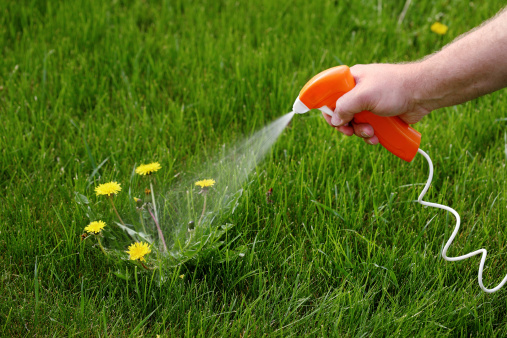
Herbicides and the ecosystem
Even though herbicides such as paraquat and 2,4-D have been designed in such a way that they are mostly selective, there are still major challenges regarding the use of herbicides and the ecosystem.Herbicides are not only harmful to the weeds but also to the animals that depend on the weeds for food and habitat. Some of these animals are in no way parasites or pests but by the first removal of the weeds, their survival and existence are endangered.
Weeds are also part of the biodiversity and herbicides such as the synthetic auxins that may cause mutation of the plants may lead to an extinction of such species.Water hyacinth in the Nile and Lake Victoria (Eastern Africa) have mainly developed due to the extensive use of herbicides and pesticides and fertilizers along the water bodies.The weed has adapted to the environment that its propagation is very fast, and it virtually responds to no herbicide. It has been able to cover most of the lake, and the existing population of fish and other indigenous species is greatly threatened. Use of herbicides hence threatens to eliminate the naturally existing biodiversity, and another crop of plants may be witnessed that may not be as friendly to human existence as the person. It is necessary to use the herbicides in the control of weeds. Such use should, however, be minimized and monitored with the adverse effects of the herbicide in mind.


